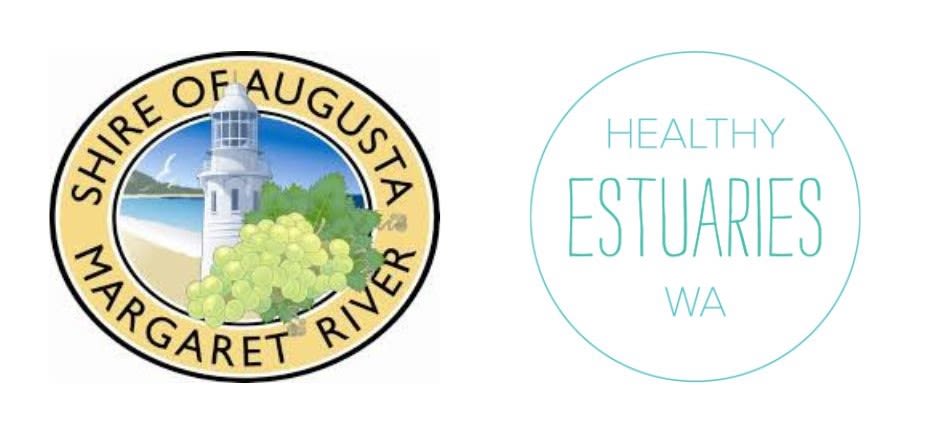Blackwood River Farm, Warner Glen, Western Australia
Farmer Case Study
Regenerative Agriculture in Practice Project (RAPP) 2022
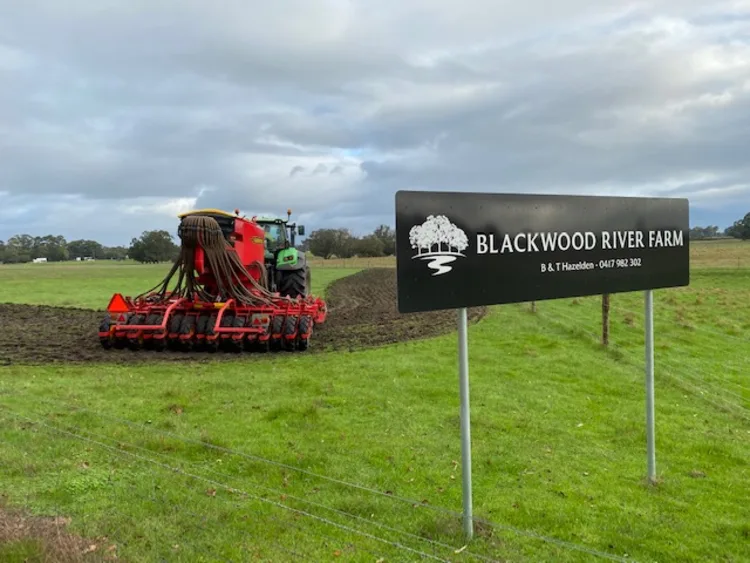
Brett and Tanya Hazelden
Sheep Farmers
Brett, his wife Tanya and two teenage kids had been keen to make the transition from Perth to the land for a few years now: the key was finding the right property. The family spotted a diamond in the rough in 2020 - a sprawling farm right on the banks of the Blackwood River. Since then they have set about polishing what is now called the Blackwood River Farm.
Blackwood River Farm is an 80 Ha (200 acre) property nestled in Warner Glen, just 30km south east of Margaret River with two homesteads, numerous sheds and plentiful water with multiple dams and soaks covering approximately 5 Ha. The farm has a low hill on the east boundary with river plain flats at the base and a main creek line that runs to the Blackwood River. The 120M litre water licence from the dams also allows 9.5ha to be irrigated over summer.
When the Hazeldens moved in the farm needed some TLC, but instead of seeing problems, the family saw only opportunities.
This was the perfect blank slate and Brett had some big ideas, which were all based on the principles of regenerative farming.
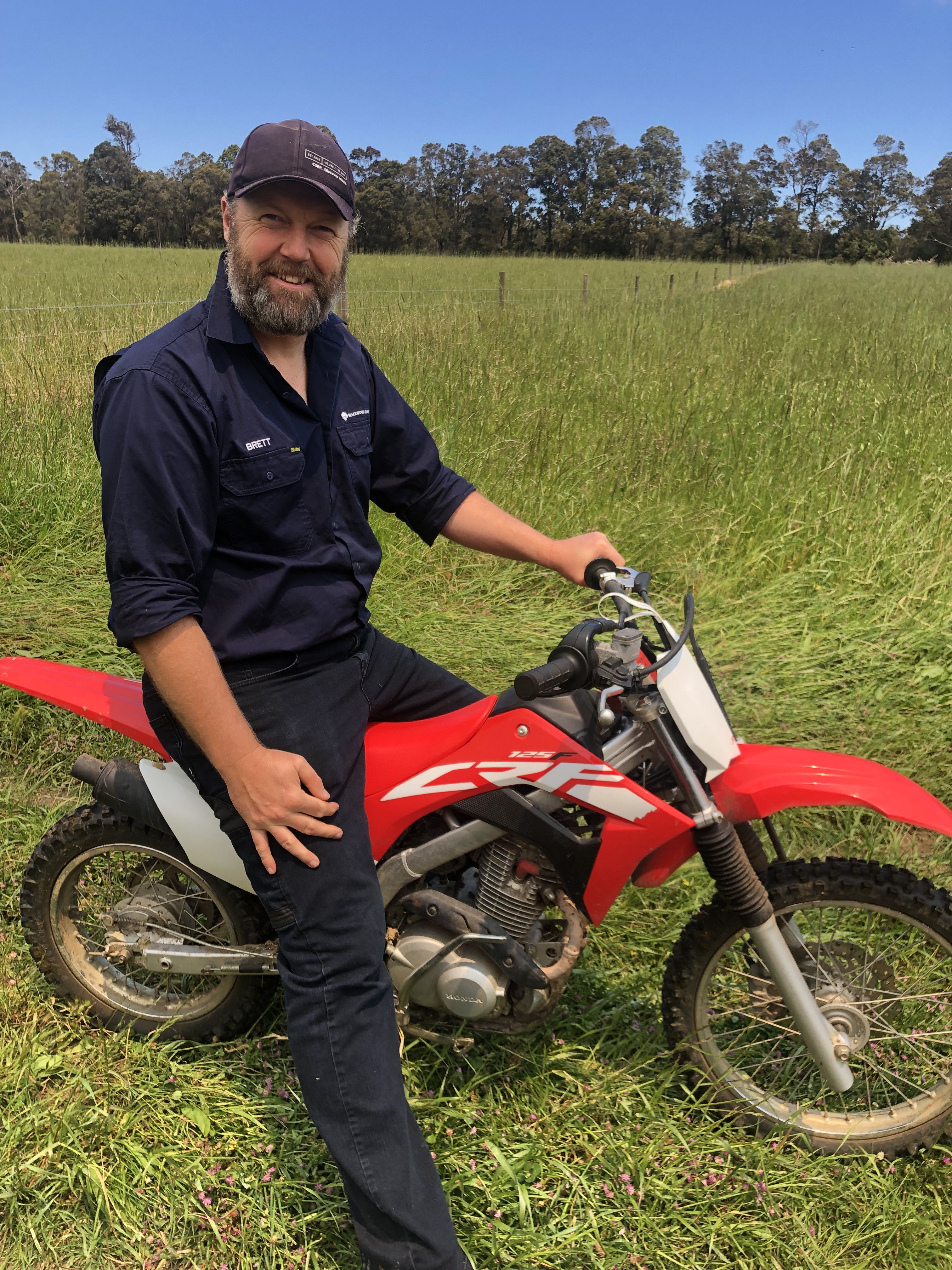
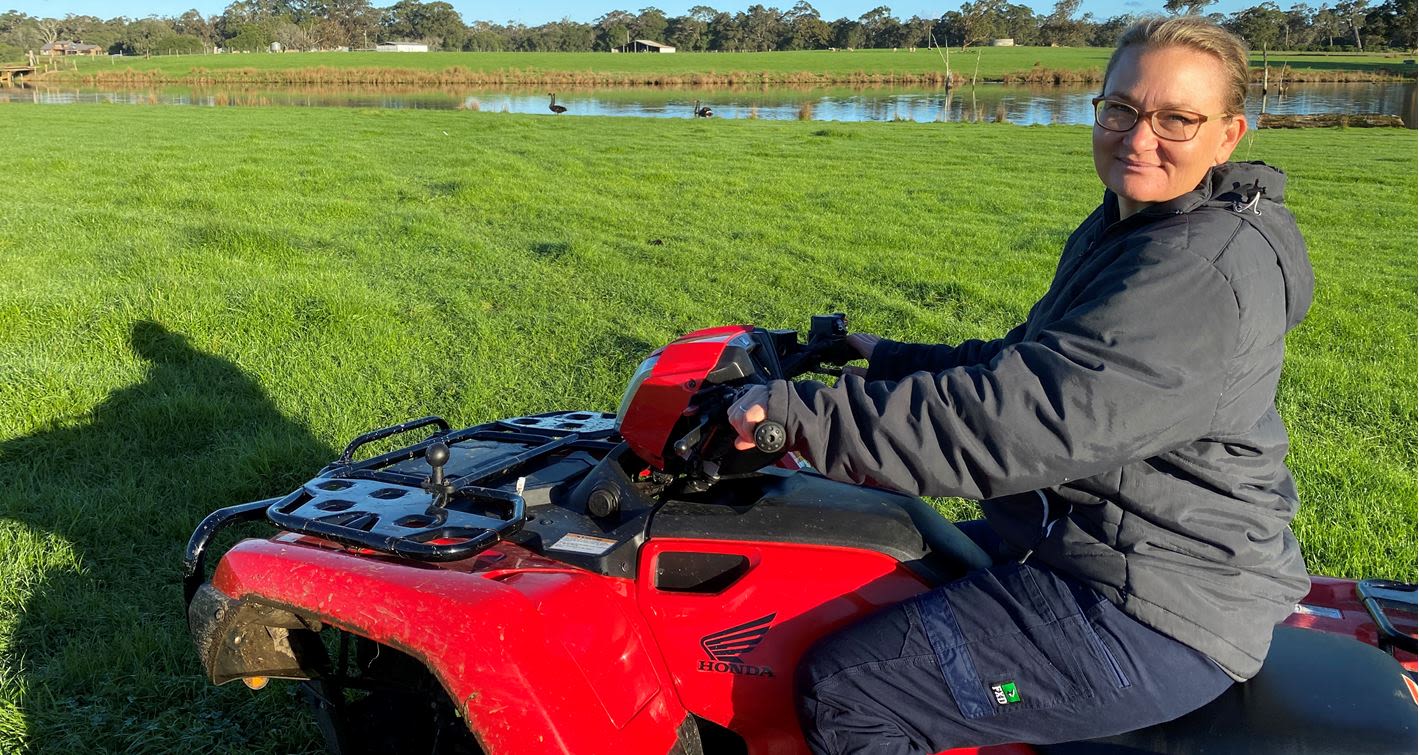
FACT FILE:
|
Project name: |
Regenerative Agriculture in Practice (RAPP) 2022 |
|---|---|
|
Landholder: |
Brett and Tanya Hazelden |
|
Location: |
Warner Glen, Western Australia |
|
Property Size: |
80 Ha (200 Acres) |
|
Enterprise: |
Sheep and Pasture |
|
Av. Rainfall: |
1005.9 mm |
|
Climate: |
Mediterranean |
Challenges
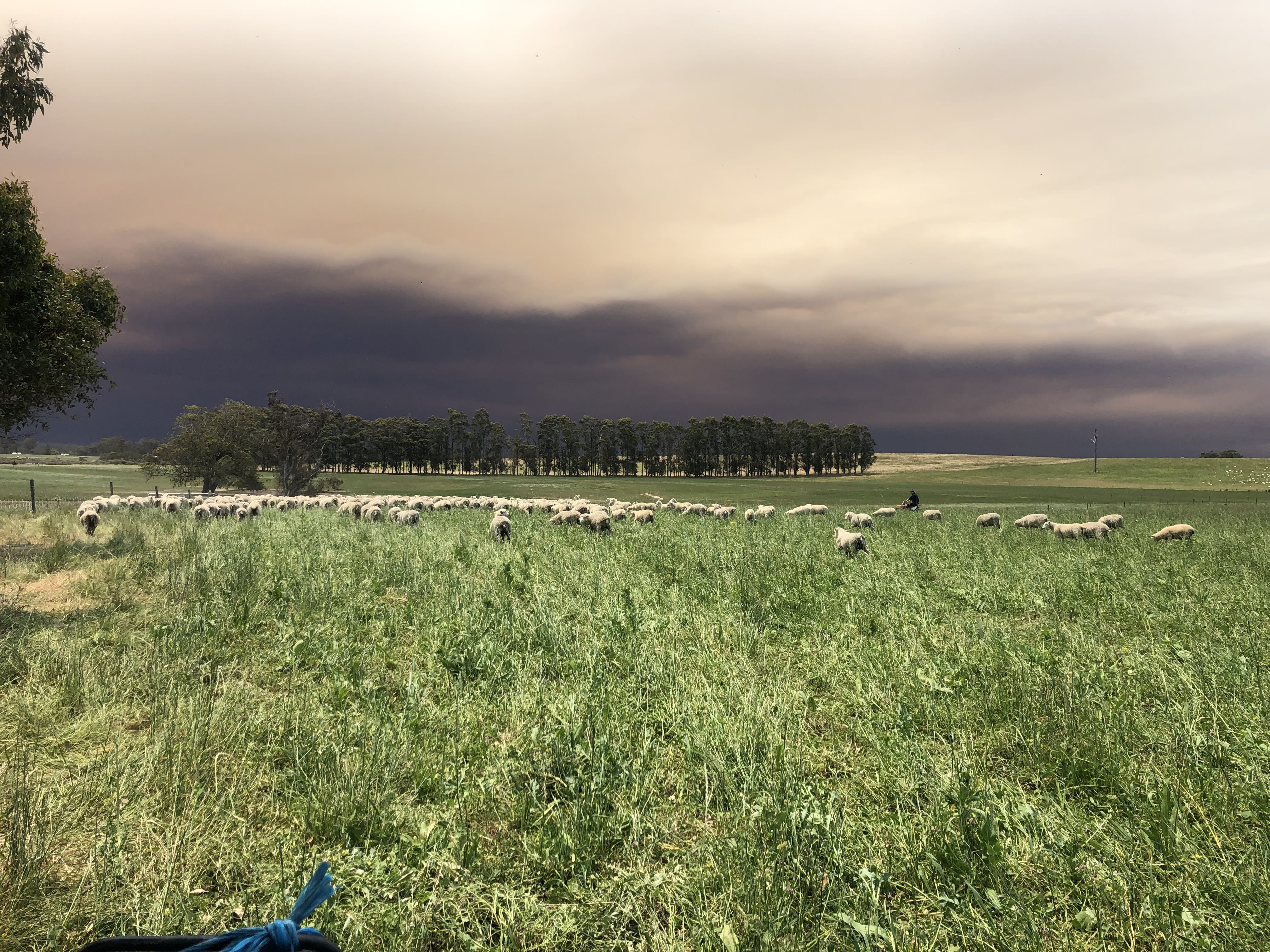
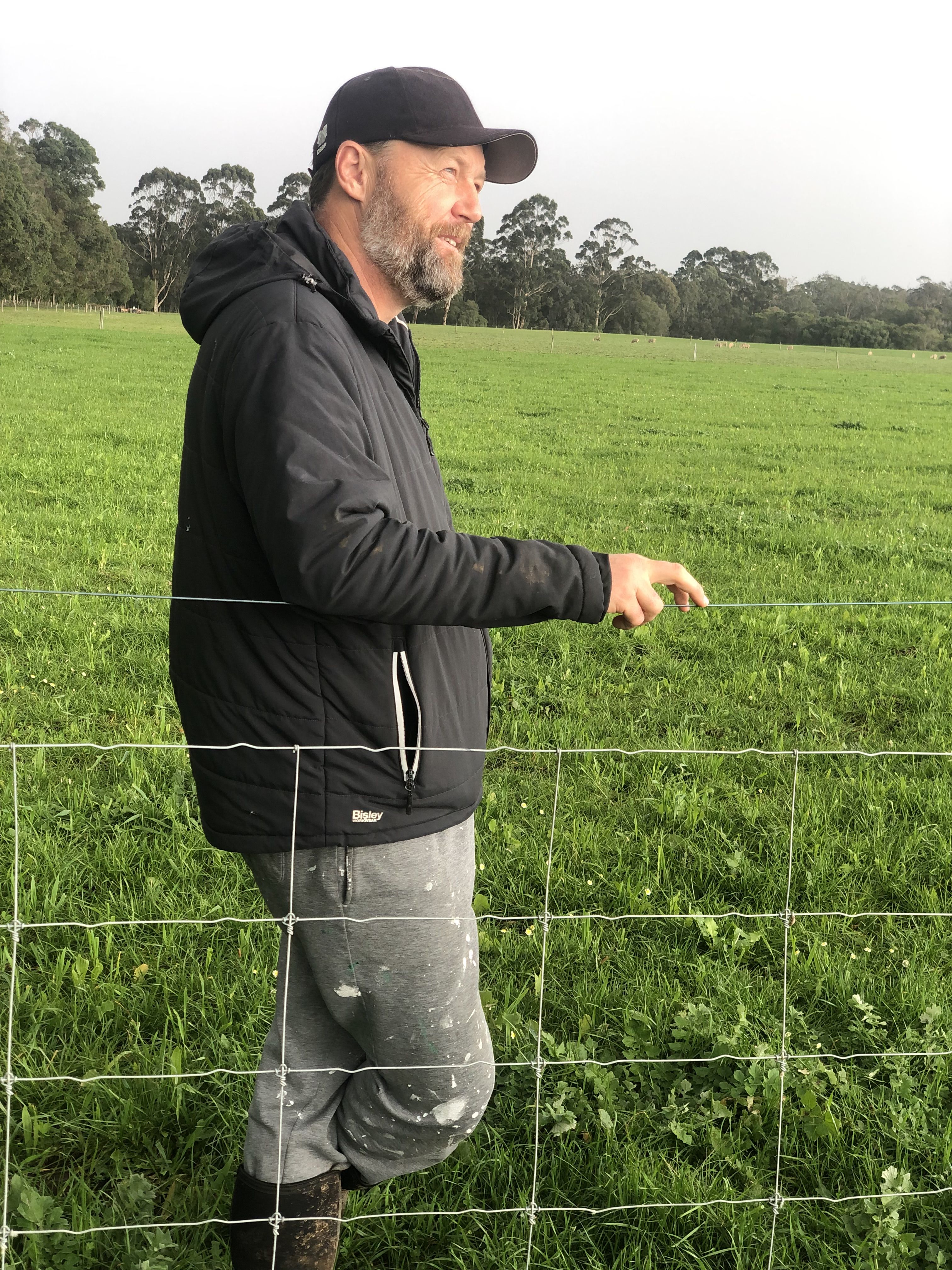
Challenges
Brett freely admits that his biggest challenge was a lack of first hand knowledge about farming. He has spent 25 years in the mining industry, having originally graduated with a metallurgy and chemistry degree which as seen him run a few exploration companies in recent years. But a long-term interest in farming, a pre-disposition to talk to lots of people and a drive to research what the innovators are doing ultimately led him to a fascination with regenerative agriculture.
The family also faced the additional challenge managing a weary farm and not knowing where to start.
"We knew that we couldn't fix everything at once, but the RAPP program helped us know what to focus on first"
Soil testing had identified the need to fix the acidic soils first (pH ~4.5) so that the pastures could grow more productively. So lime, dolomite and some specific nutrients were added.
Fencing also had to take priority. The paddocks needed splitting to enable rotational grazing to be more effective. A central laneway needed to be installed to make the farm easier to move sheep. And older fences and gates needed to be upgraded.
Then the pastures need a rejuvenation to remove weeds and reeds, and to add some new species, whilst trying to fix the drainage to prevent pastures being sodden all winter.
Identifying the best sheep to move forward with along with how many to run was also vital.
Brett lived on the farm for a good proportion of the first 12 months whilst he and the family split their time between Perth and the Warner Glen farm.
As 'outsiders,' the family was welcomed to the property by their neighbours who shared practical information and advice. Their long-term knowledge of the area's climactic variations, geological history and previous owner practices were vital to developing a workable farm plan.
Brett persisted in seeking out a more holistic program to help put his regenerative agriculture ideas into practice...
Practice Changes
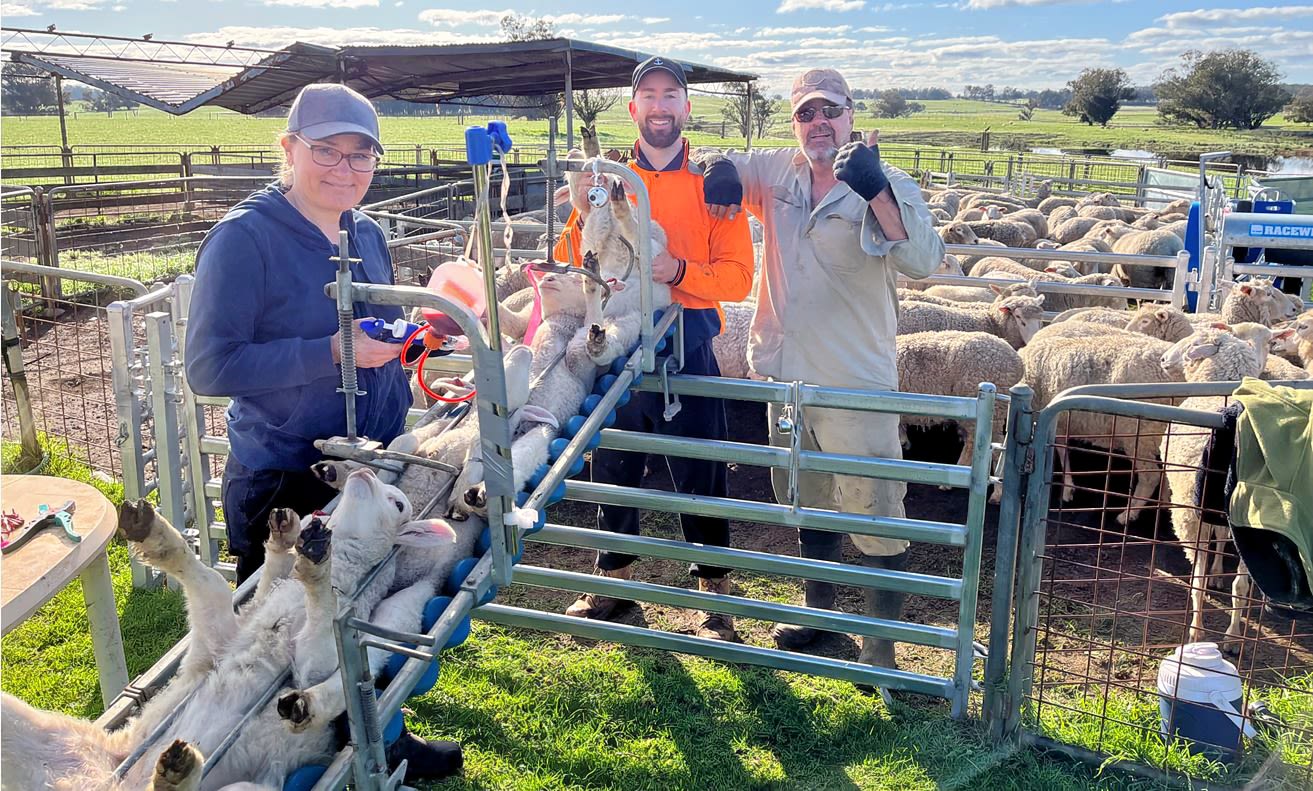
An early lesson: don't try to do everything at once...
Brett realised that there was a lot to do, but knew that doing it all at once was impossible - particularly as he was splitting his time between the farm and the city.
He also had to consider the seasons. It's just not possible to implement all the ideas at once as it takes a full 12 months to see any results.
But some changes were easier than others.
Armed with his research and knowledge of his current soil profiles, he could make some changes which would have a pretty swift impact.
Key Steps
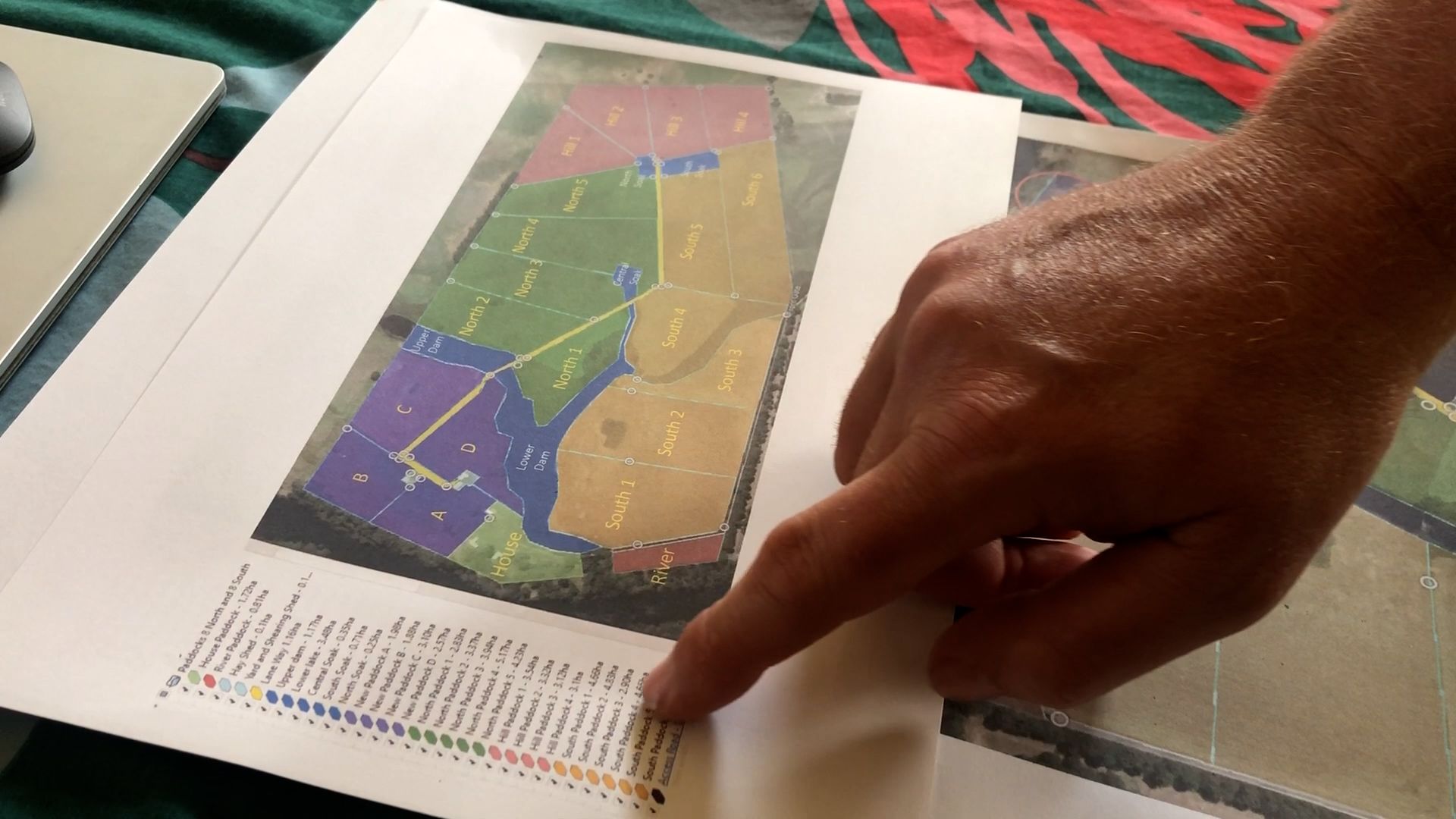
Whole Farm Planning
Brett had already realised that planning was vital to success. He'd worked with Google Maps to pull together some initial processes, but the sessions with David Hardwick were when the magic happened. Having expert guidance on mapping and planning the entire farm crystallised Brett's vision, and also helped with creating an approach that didn't have to be 'all or nothing'. Developing the time-lined program reassured Brett that things could be done in stages, so long as the stages were planned appropriately.
By this stage David was familiar with Brett's farm, understood the topography, soils and pressures, and could give personalised advice that could transform Blackwood River Farm.
"Working with David helped to consolidate our thinking. It gave us the opportunity to plan appropriately and prioritise."
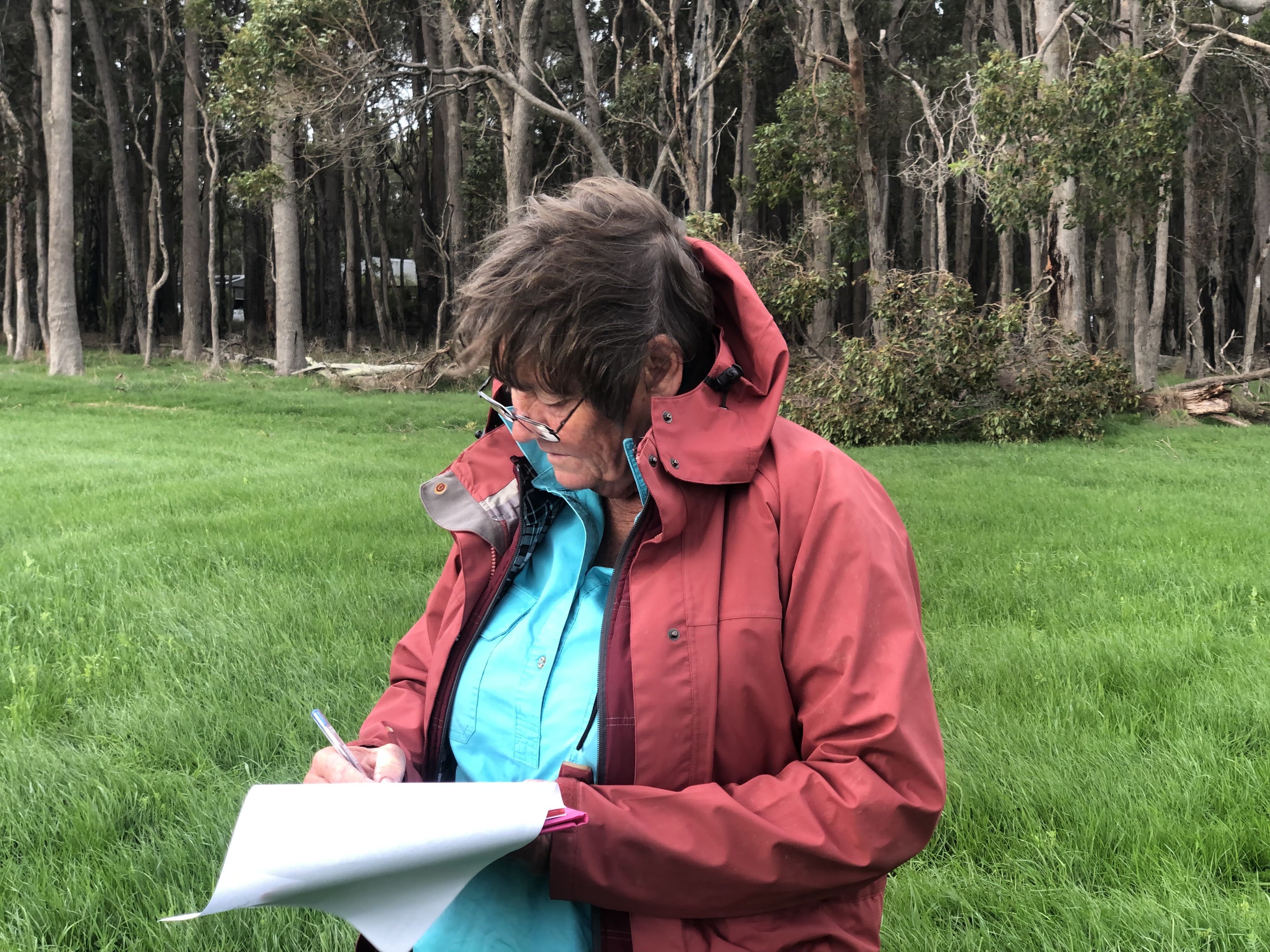
Regenerative Grazing
Brett had already researched regenerative grazing options, but with advice from grazing experts and some personalised advice he could more confidently put his ideas into practice.
Dr. Judi Earl visited Blackwood River Farm for an individual grazing consultation, walking across the farm, checking soil quality, feed loads and discussing carbon levels.
This detailed analysis of his current grazing and paddock structure has been pivotal in reorganising Brett's paddock sizes and grazing stock densities.
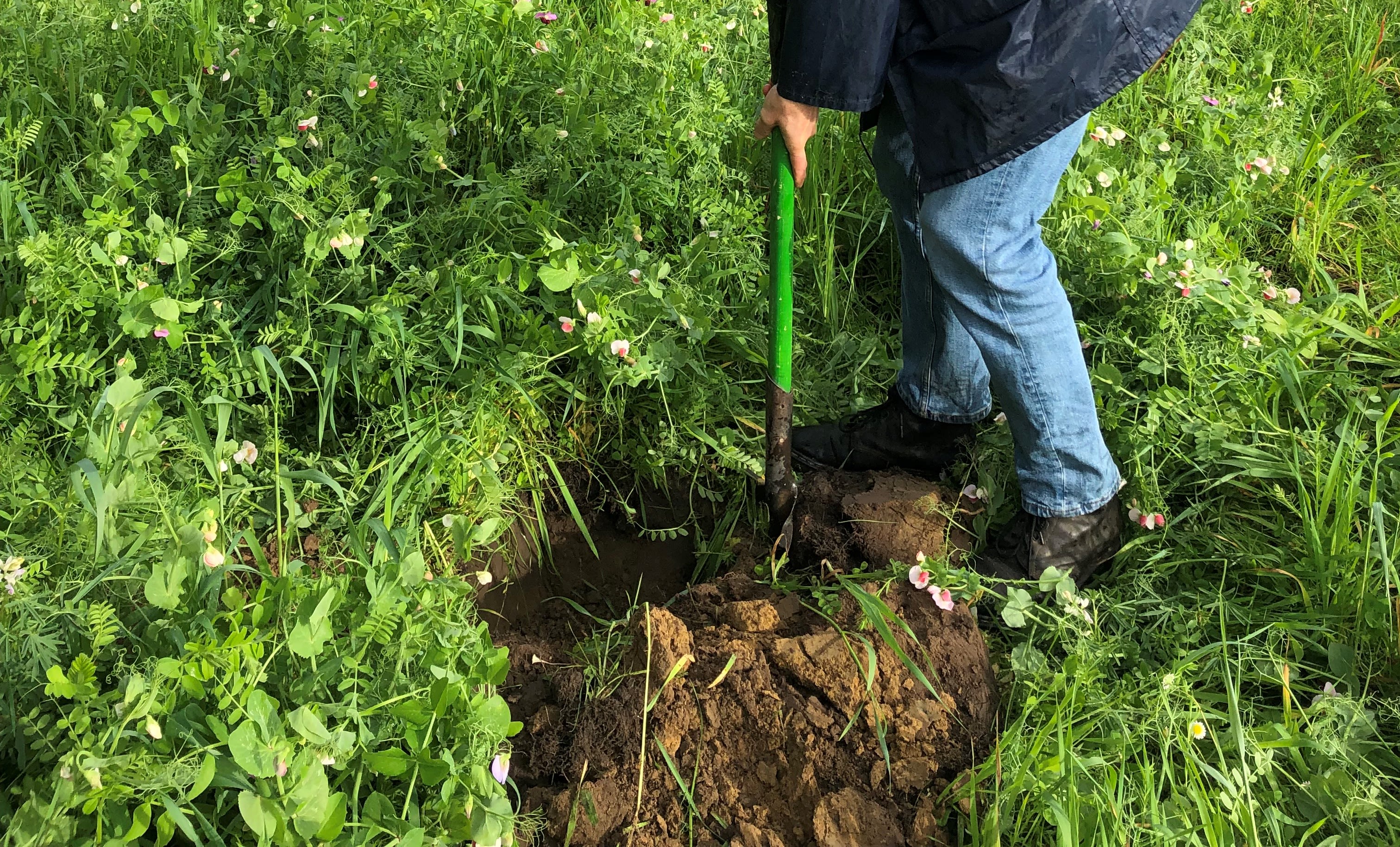
Addressing Soil Mineral Deficiencies
With a Chemistry background, Brett was no stranger to assessing acidity levels and understanding nutrient content. With most of his farm sitting around 4.5 he knew that most of the nutrients would not be readily available to the plants unless he got the pH back to above 5.5.
Regular independent soil testing and soil health checks have become part of his farming practices. This helps him to understand his lime and fertiliser needs better, plus save money by only adding the deficient nutrients required to maximise pasture growth - and prevent nutrients from being washed into waterways.
"Soils are alive and incredibly important to get right. Otherwise the plants and sheep just won't thrive."
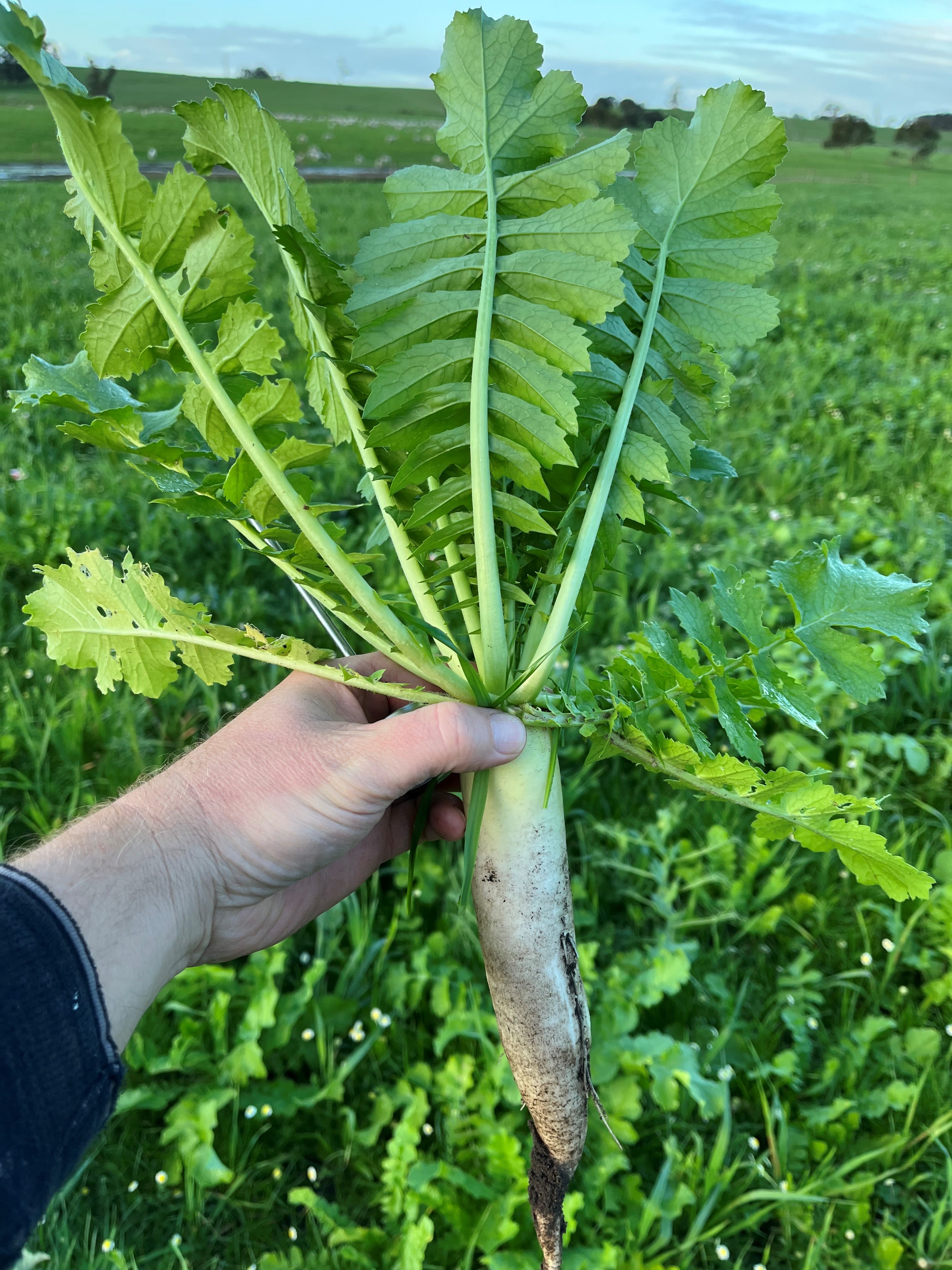
Focus on Carbon Farming
As part of the holistic farm planning process, Brett identified the opportunity to increase soil organic carbon levels as a way to build soil health, improve soil biological activity, maximise the amount of on-farm vegetation throughout the year plus increase water holding capacity.
An added benefit is that you can potentially make some money too - so a dream of becoming a carbon farmer and generating soil carbon credits was born. This has resulted in Blackwood River Farm being the second enterprise in the region to be registered for a soil carbon project under the Australian Federal Government's Emission Reduction Fund (Cullens Vineyard was the first).
“Who knows if we will make any money from the carbon credits. They are really only a secondary benefit as if our soils benefit from having more carbon, then our pastures and sheep will benefit - which is the priority.”
Improving Pasture Biodiversity
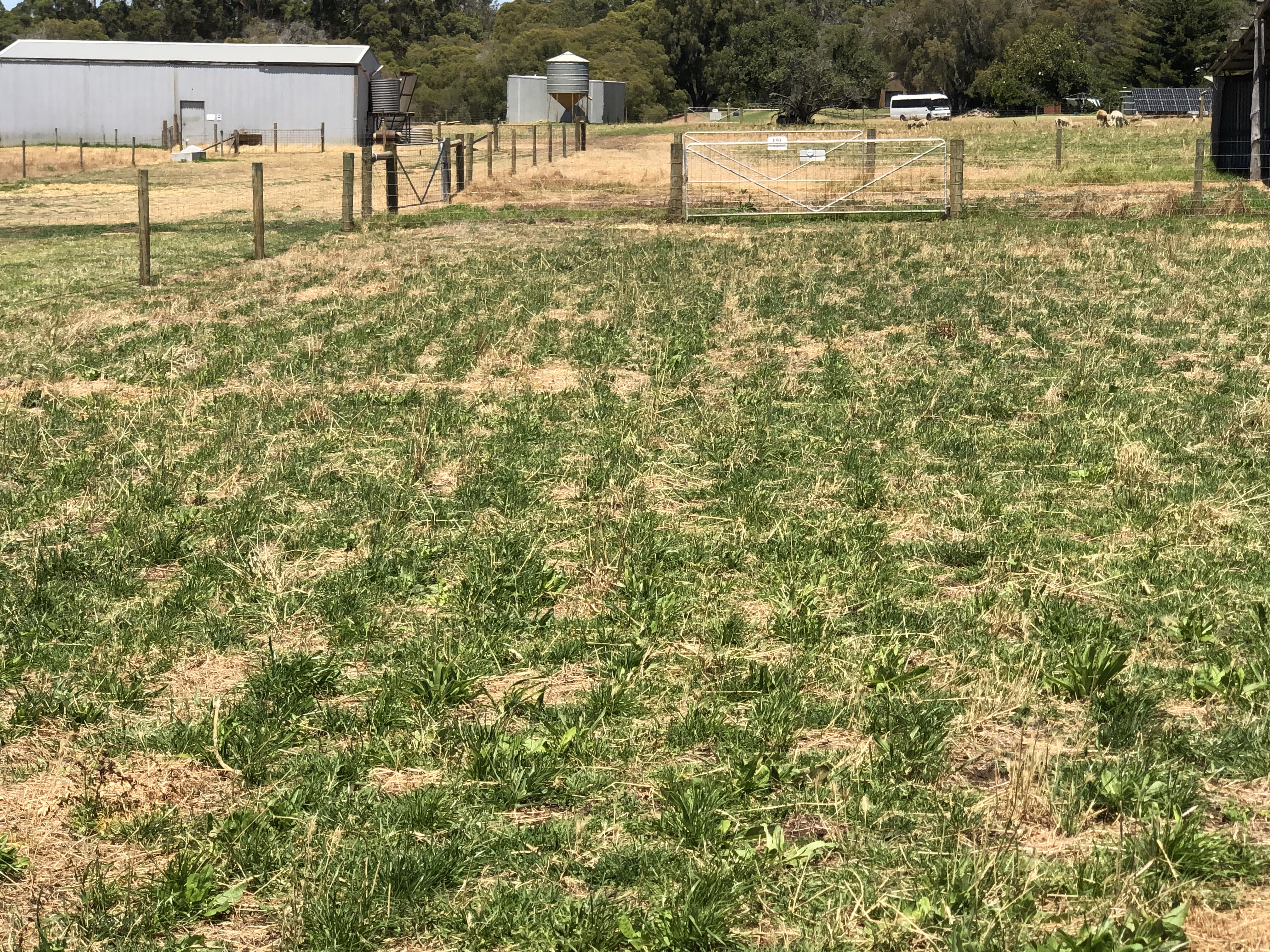
Summer perennial pasture on Blackwood River Farm
Summer perennial pasture on Blackwood River Farm
Moving away from a primarily low diversity annual pasture system of ryegrass and clover is key to build soil structure, health and resilience - it is also a central plank in Brett's Carbon Farming project. Participation in the Lower Blackwood LCDC's Pasture Biodiversity to Build Soil Health and Resilience in the Lower Blackwood really helped to kick start the process of increasing pasture biodiversity across the farm. This was an 18 month project designed to demonstrate the efficacy of multi species cover crops and perennial pasture plants as a means to drive various biological soil building processes while simultaneously improving the quantity and quality of forage.
Brett has hosted a number of farmer field days 'show & tells' of the results of seeding cool season multispecies in autumn, followed by seeding warm season multispecies in spring. The outcomes of the project & its learning are detailed in the below online guide to the project.
Riparian Restoration
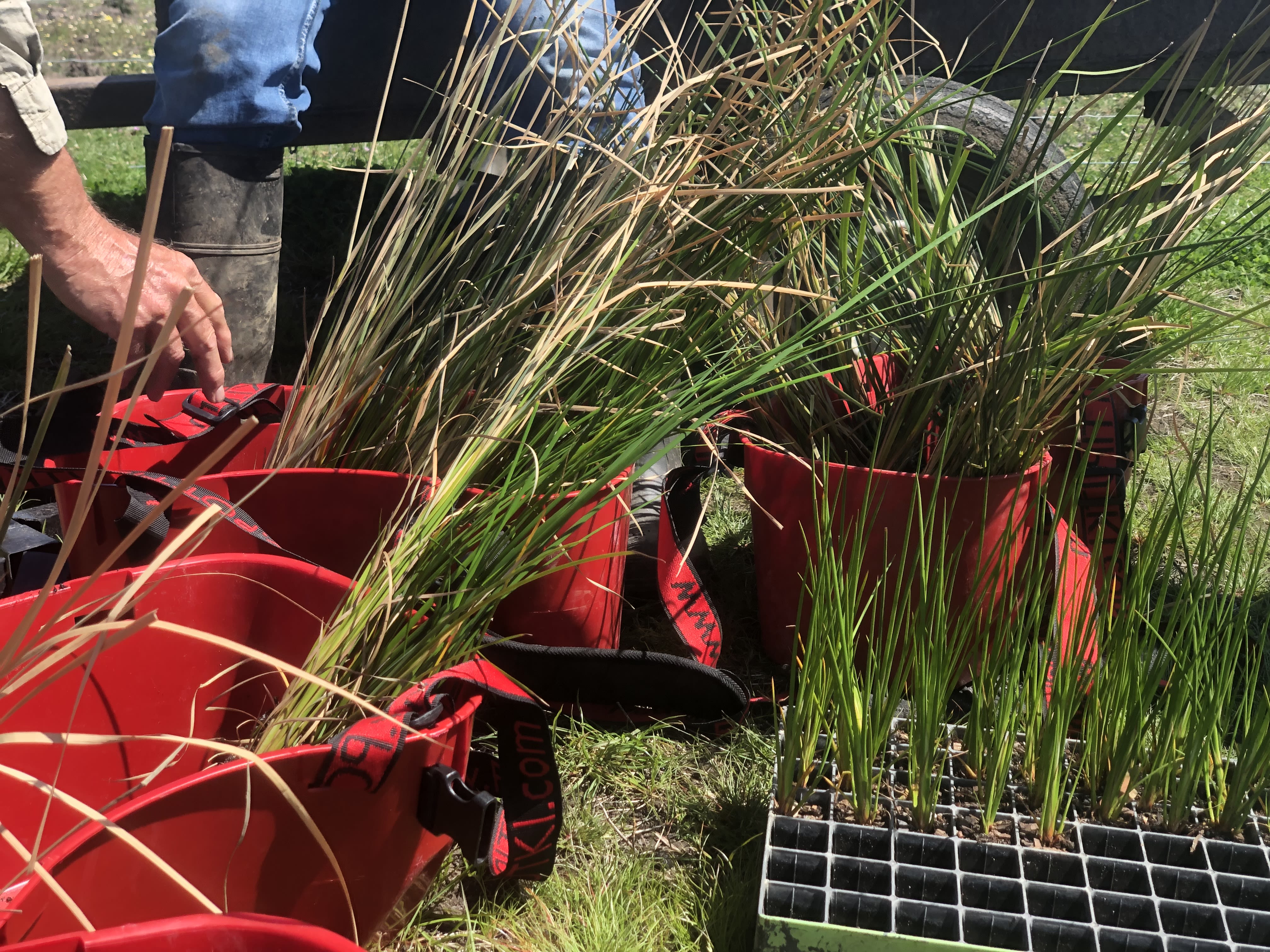
A creek runs through Blackwood River Farm and the family was keen to protect the stream's ecosystem and reduce erosion along its banks, so they worked with the Lower Blackwood LCDC's Revegetation Officer Andrew Hemsley to identify the best way to manage these riparian zones.
The main site was a 350m long section along the creek which was populated with 6100 plants. 1600 plants were added to a short section of clay bank by one of the dams, and 2500 were planted in an acre of winter-wet area in the far east of the property.
The species chosen were a range of riparian trees (Eucalypts, Paperbarks, Peppies, Swamp Banksia) and shrubs (Teatree, Acacia, Swishy Bush, Hakea and others) planted on the banks and higher ground, as well as wetland rushes and sedges on the edges of the creek and the winter-wet area.
A further 1300 seedlings will be planted in 2023 as infill across the sites.
(More details of the Lower Blackwood LCDC's Fencing and Revegetation support can be found here.)
Desired Outcomes
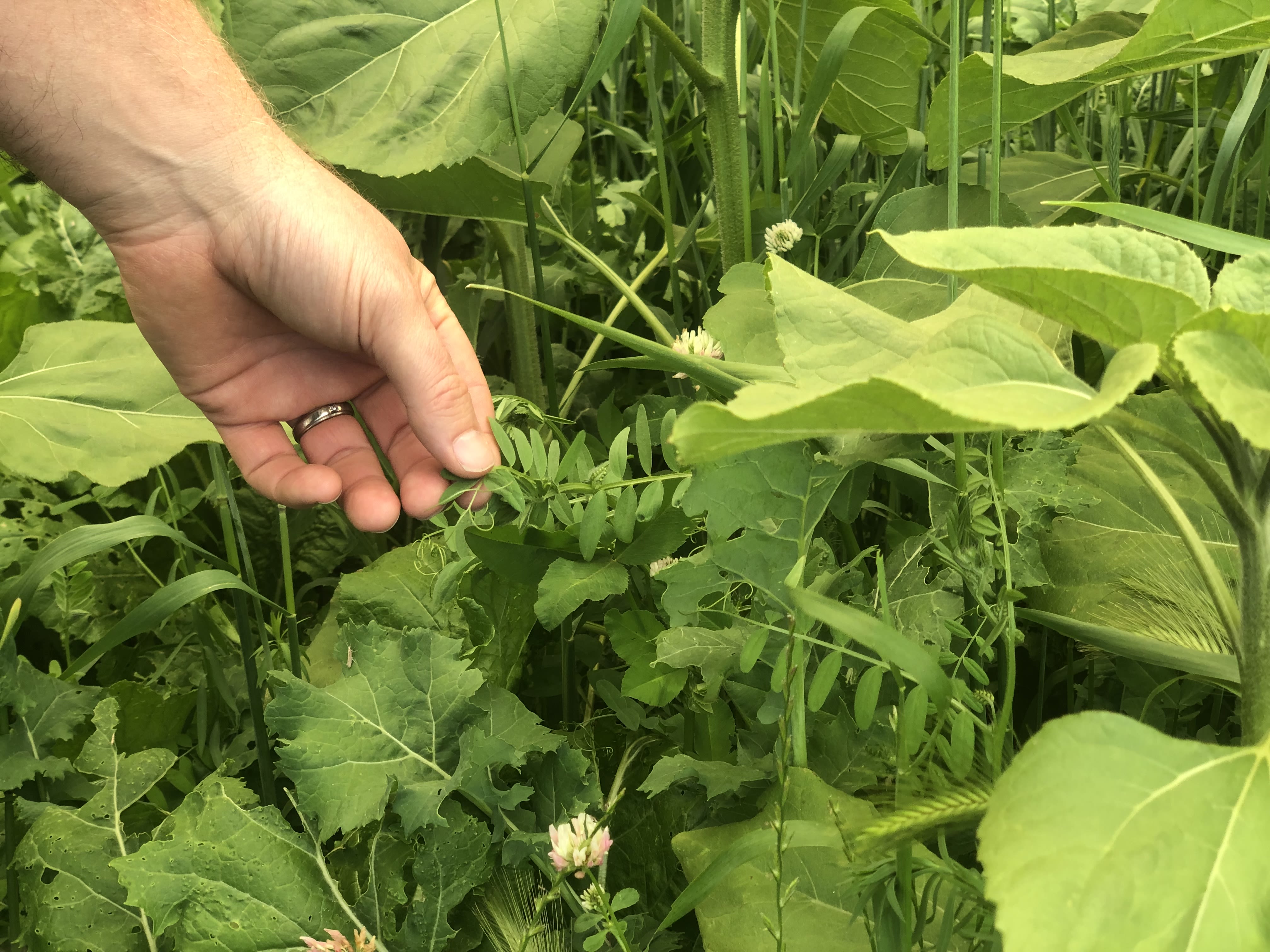
Future plans
Brett came to the course with his own ideas around regenerative grazing and had read extensively around the subject. Although he'd already planned a series of proactive, regenerative agriculture based changes to the farm, he admits that the course encouraged him the make additional changes that he hadn't previously considered.
""All the people that the Lower Blackwood LCDC arranged as part of the RAPP program have given great advice and insights. We already had an idea of what we wanted to achieve, but this program helped to hone our thinking and reinforced some of the strategies we were already considering implementing."
Next Steps:
- Continue to utilise multi-species pasture mixes to improve plant and soil biodiversity
- Extend the green pasture duration using perennial seed mixes to minimise supplementary feeding over the summer
- Continue soil and leaf testing to see the improvement and determine what else needs to be done
- Revegetate creek lines and major wet areas with trees, shrubs, reeds to improve shelter and biodiversity
- Improve drainage and water management
- Change our flock to a shedding sheep base, with no shearing and tailing
- Create more paddocks by installing new fencing
- Implement higher stock density with better rotational grazing practices
- To become a commercially successful sheep and carbon farm
"We are keen to implement things slowly - not try to do everything at once. We need to get the stock levels right, then we can work on our rotational grazing systems, but now we have a 'whole farm plan' that we can follow to help us take the right steps at the right time."
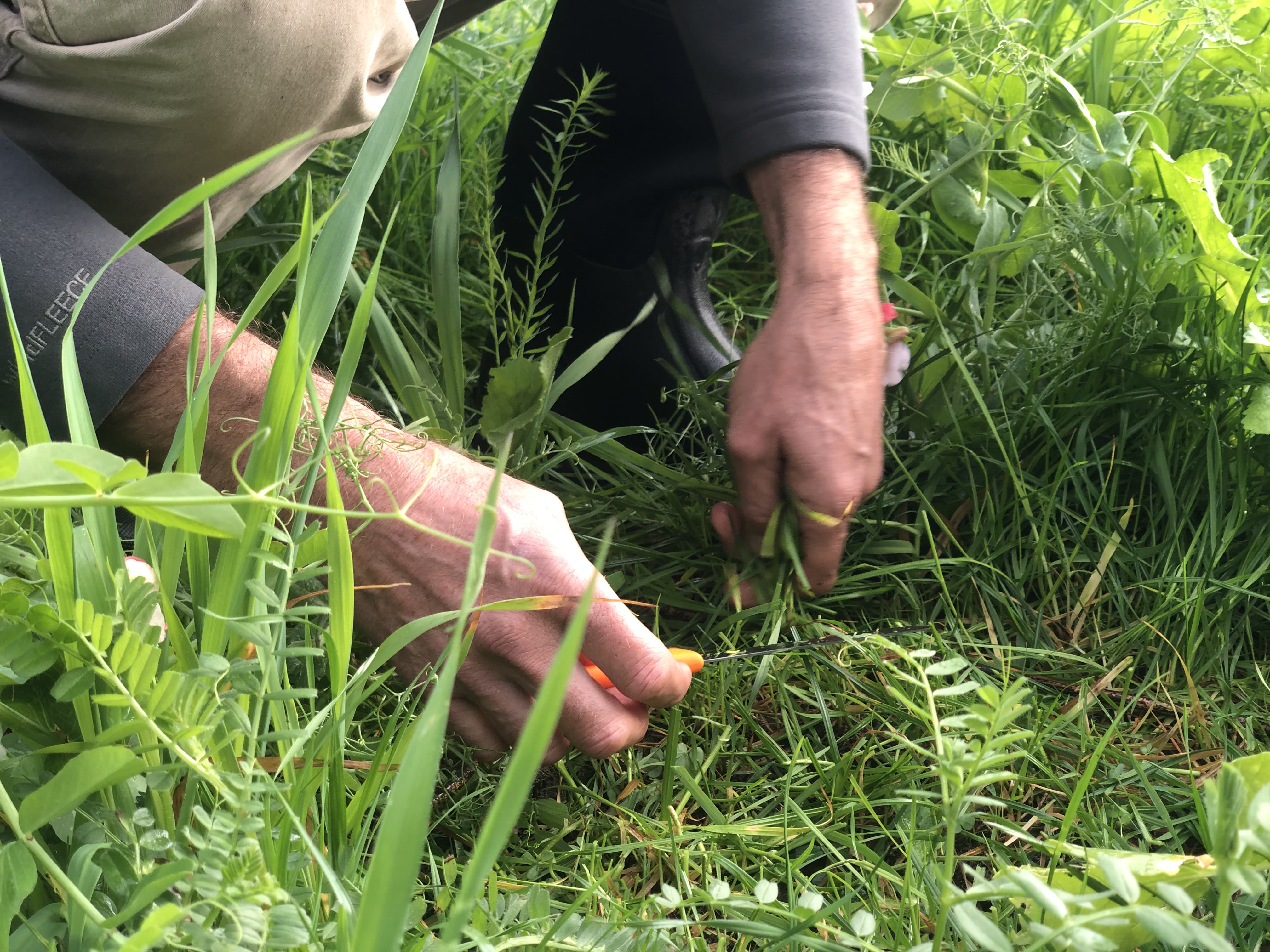
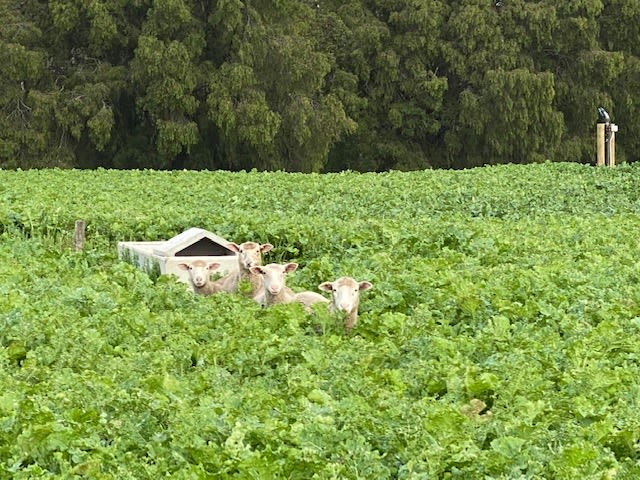
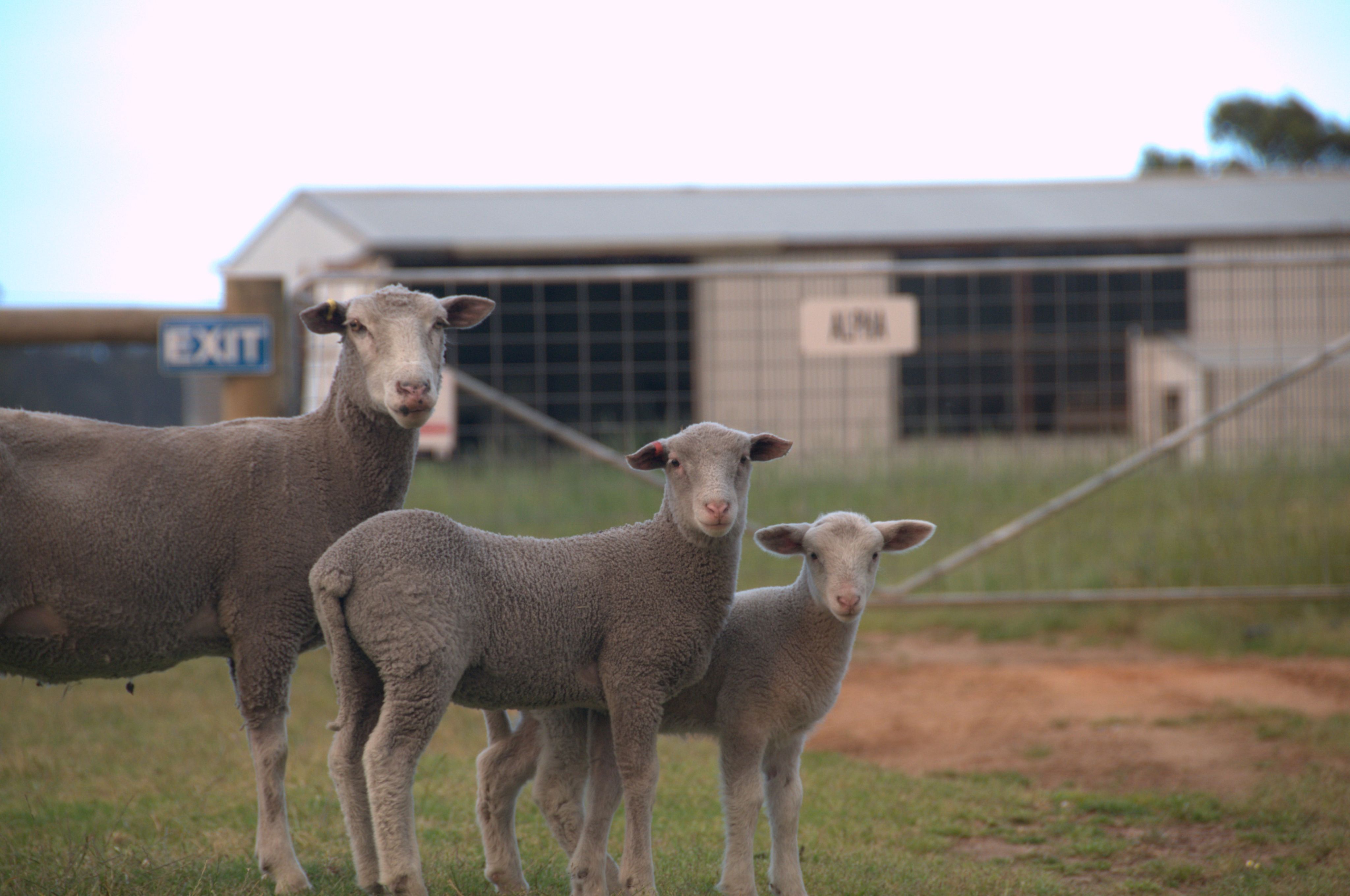
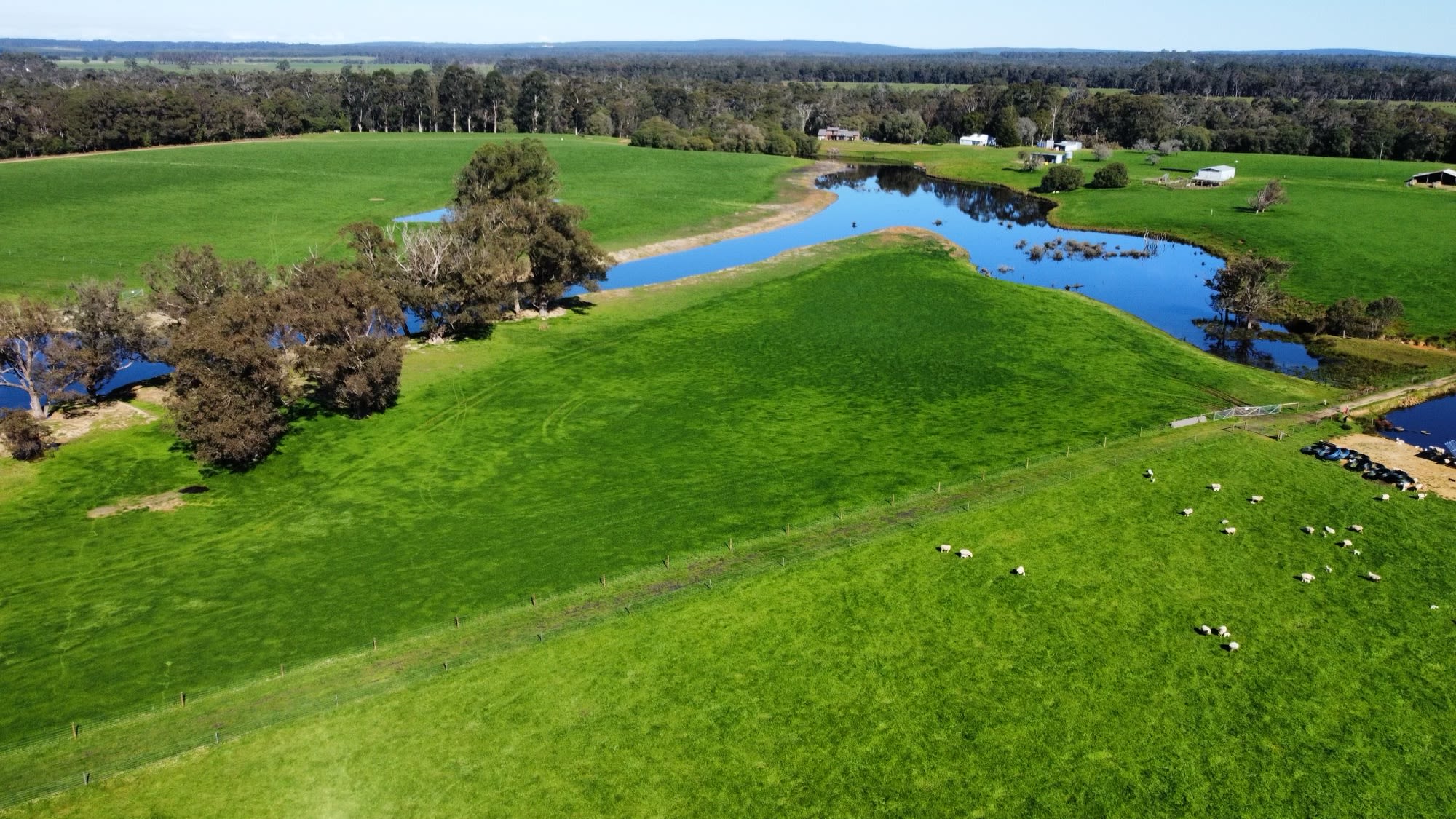

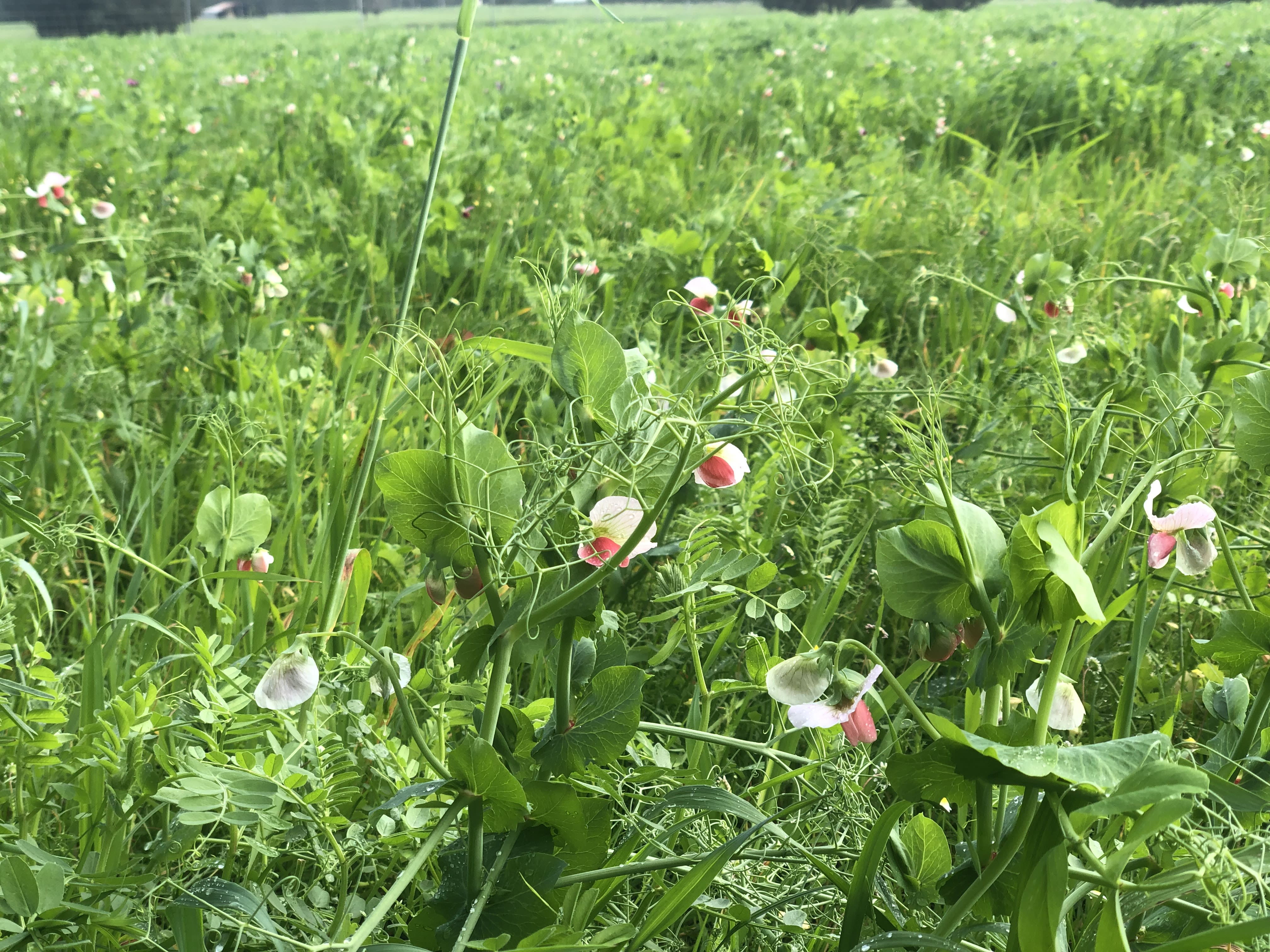






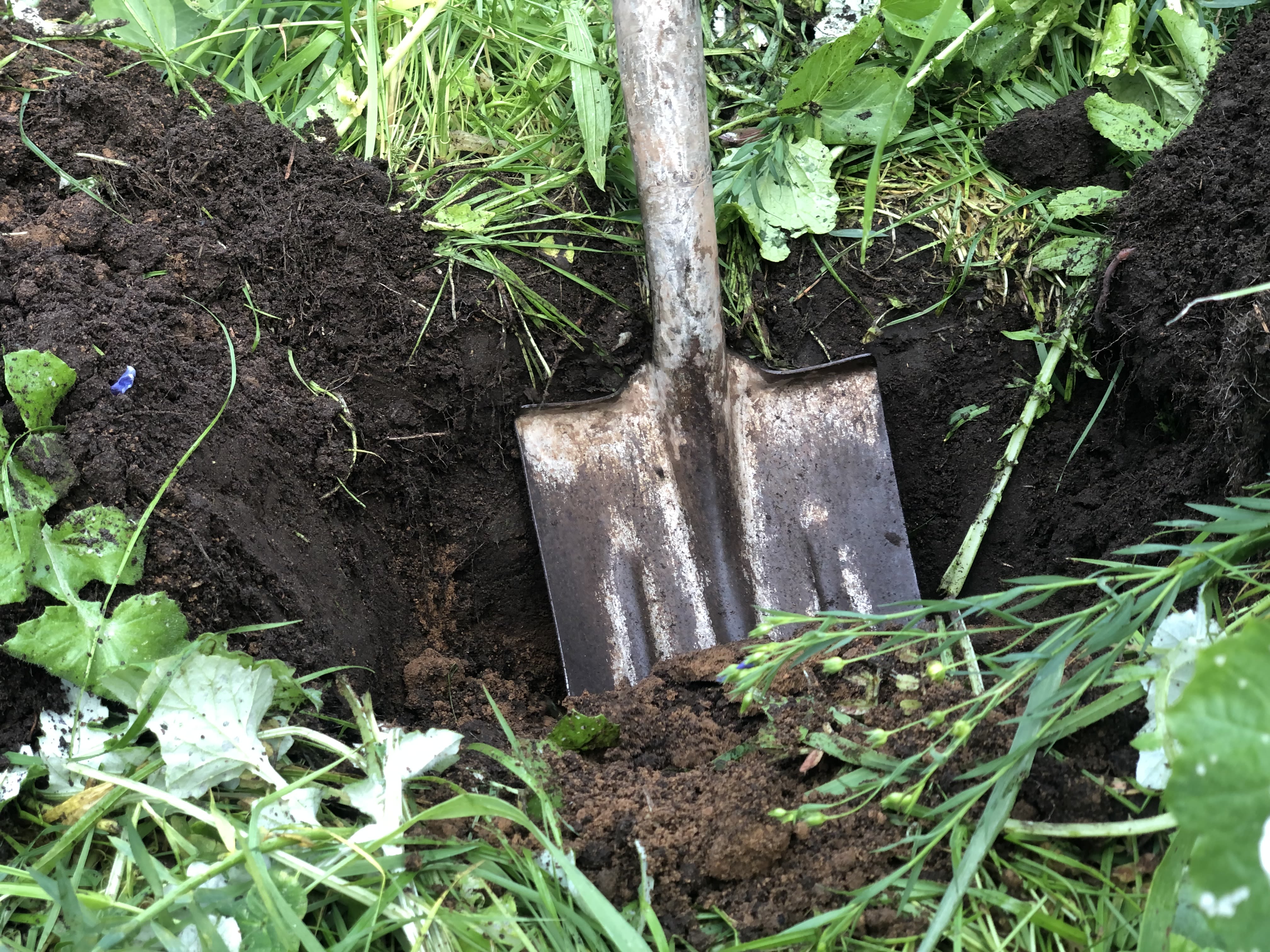
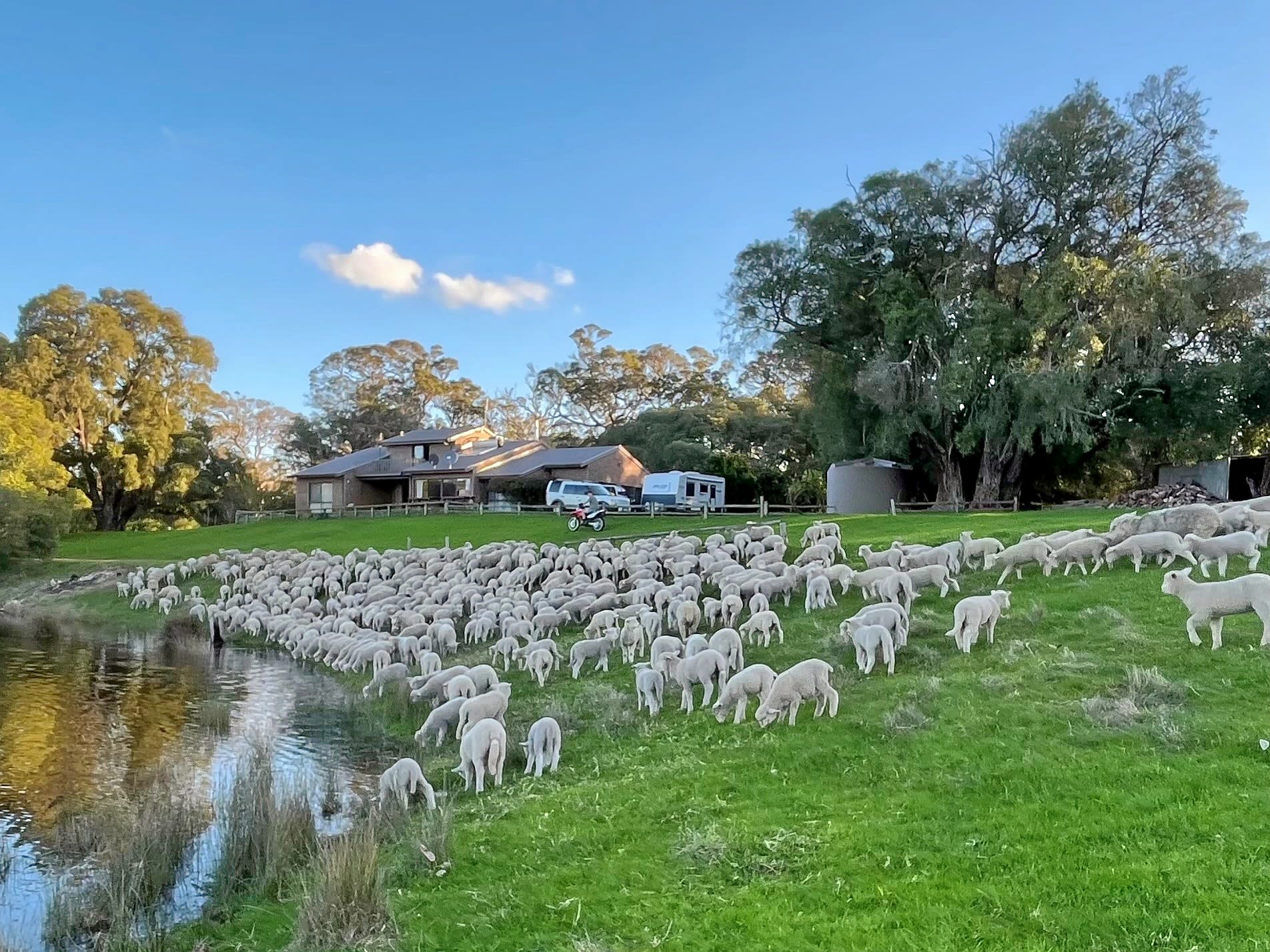
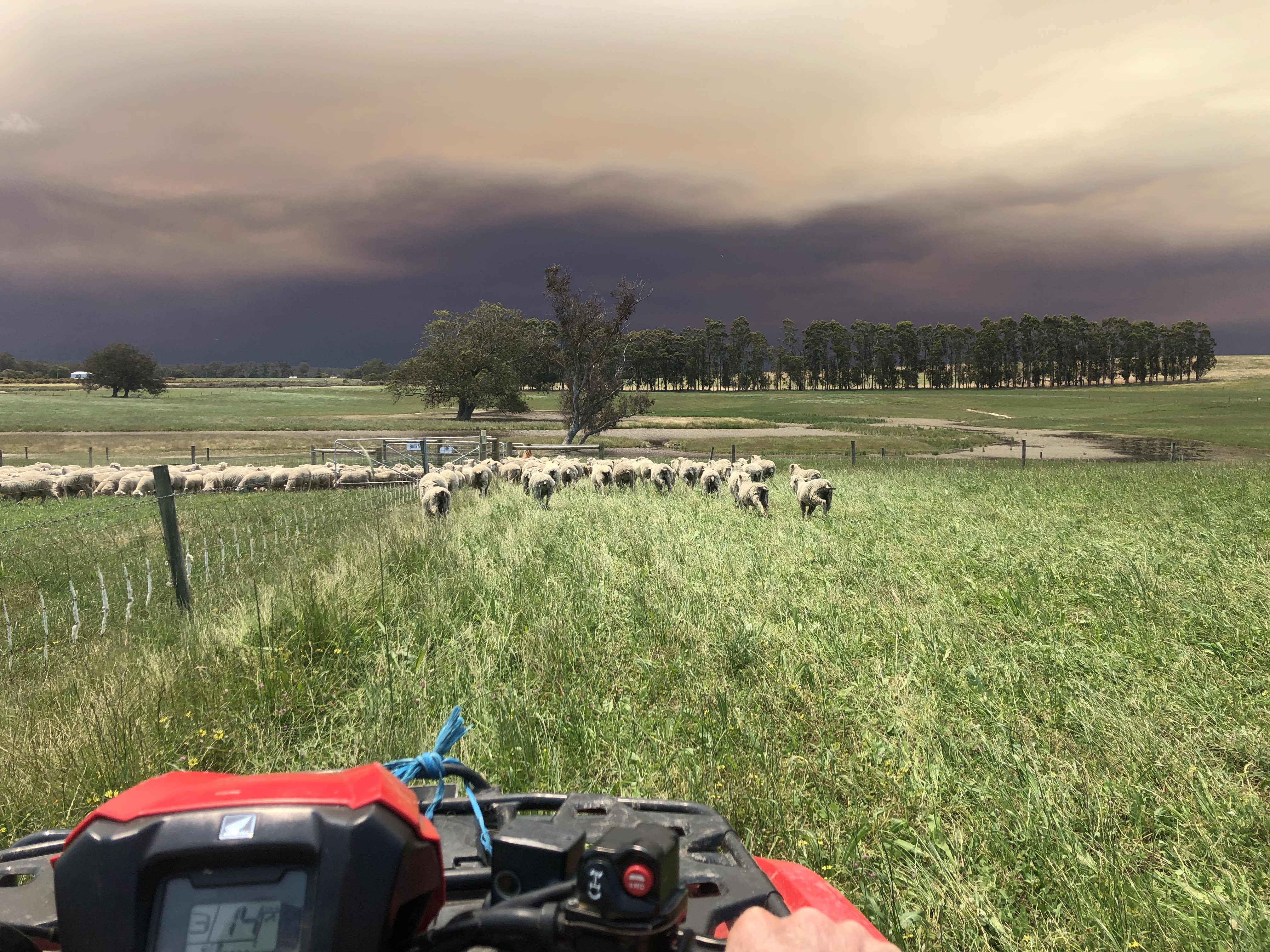

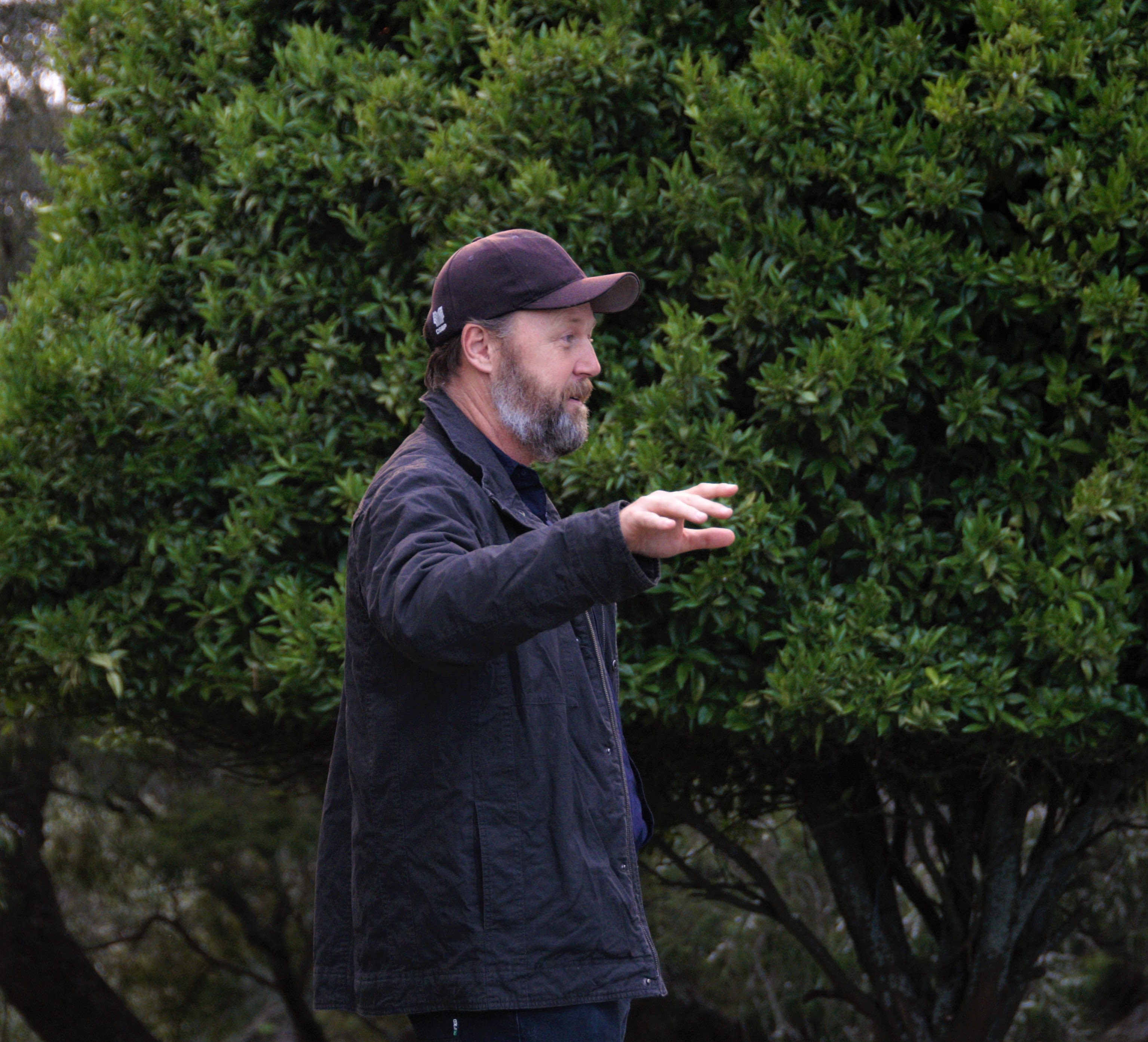





About RAPP 2022
Regenerative agriculture is a 21st century, science based way of farming. It applies an ecological approach to agriculture, working with the ecology of a farm to achieve profitable production along with looking after the natural capital of an enterprise, its soils, water, vegetation and wildlife.
The 2022 Regenerative Agriculture in Practice – A Whole of Landscape Approach project expands on both our 2020 (Grazing Management) & 2021 (Building Resilience) projects under the Augusta Margaret River Shire’s Environmental Management Fund.
The project includes 4 key elements:
- Whole Farm Planning
- Soil Health and Resilience
- Regenerative Grazing Management
- Exclusive Peer Group events and webinars
This was just what Brett was looking for - a flexible program that covered all aspects of regenerative agriculture with peer sessions as well as one-on-one on farm consultations with regenerative agriculture experts.
The back-up of an on-demand multi-media program (the Resource Toolbox) meant that even if he was away he could still be learning. Ongoing podcasts and webcasts supported the entire program, adding further insight, context and information to an already packed syllabus.
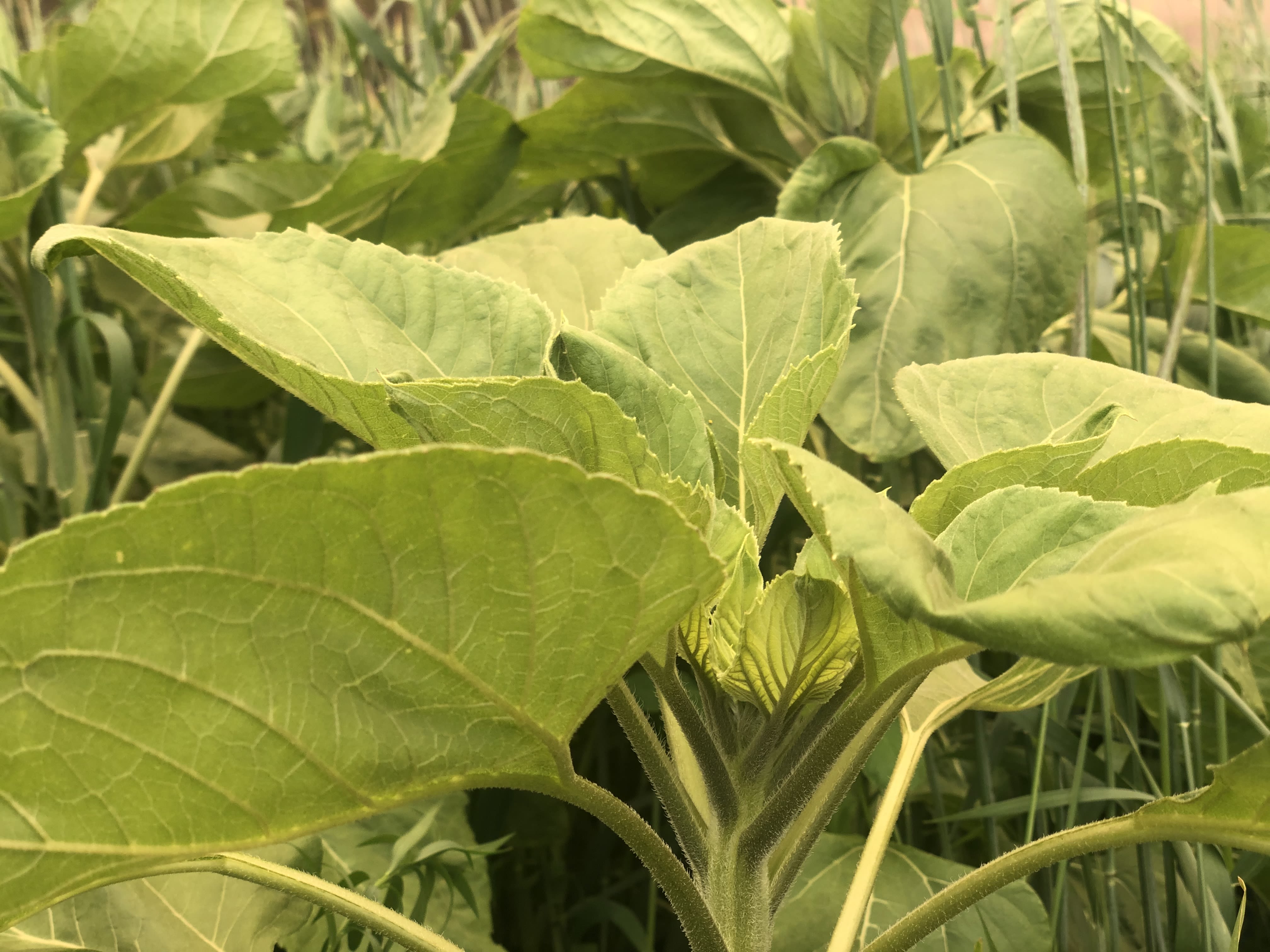
This case study forms part of the Regenerative Agriculture in Practice 2022 project. This project has been enabled through the Augusta Margaret River Shire Environmental Management Fund with support from Healthy Estuaries WA.
